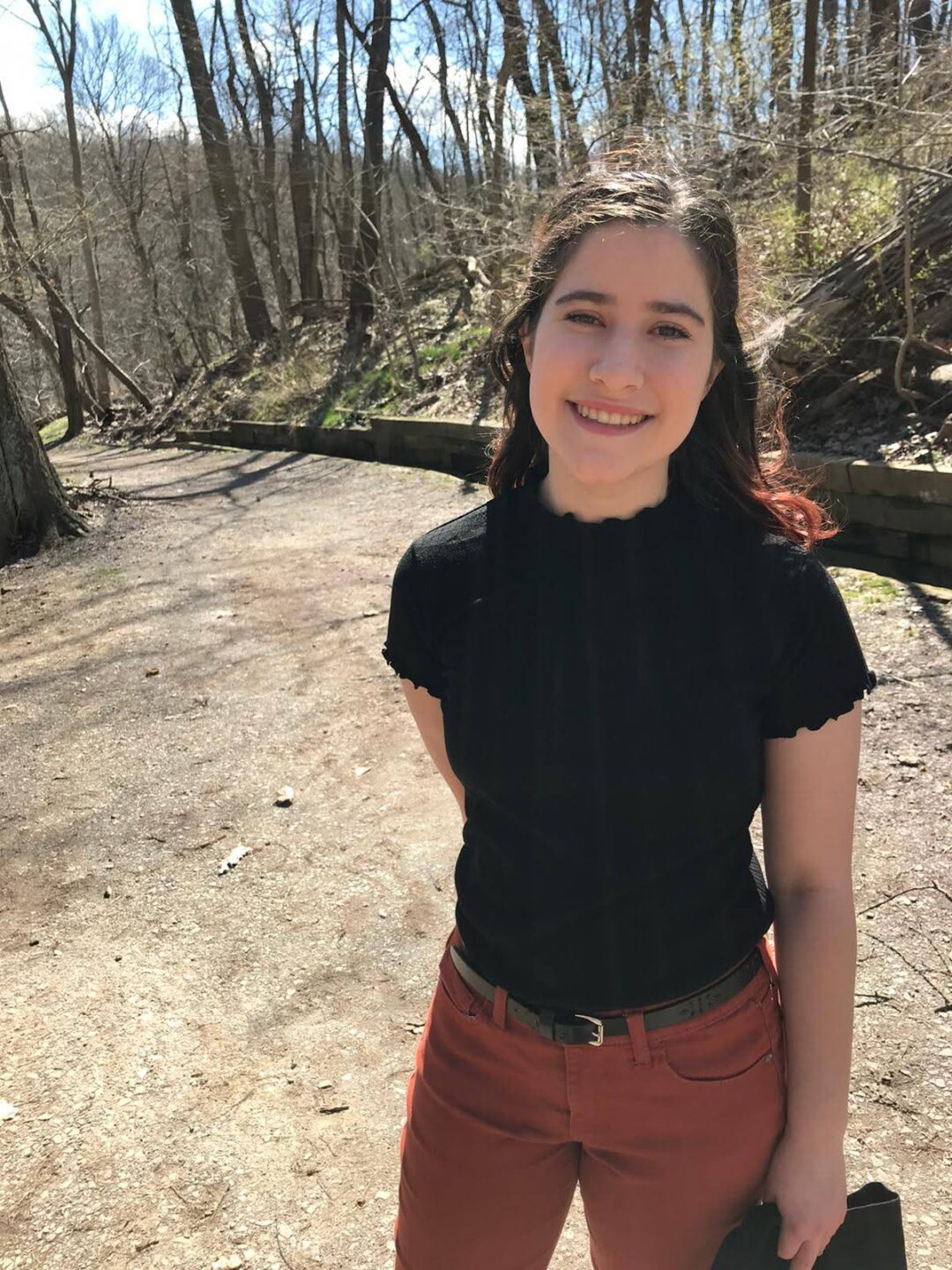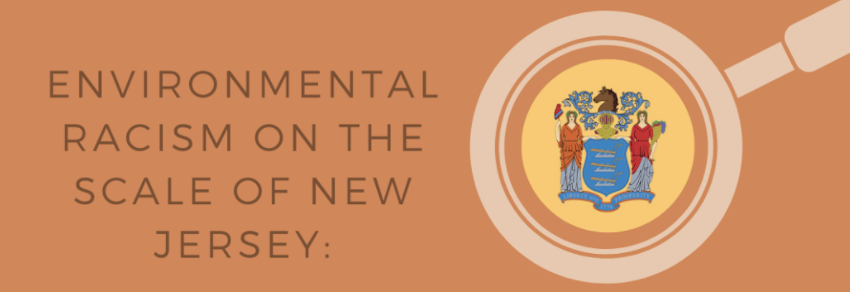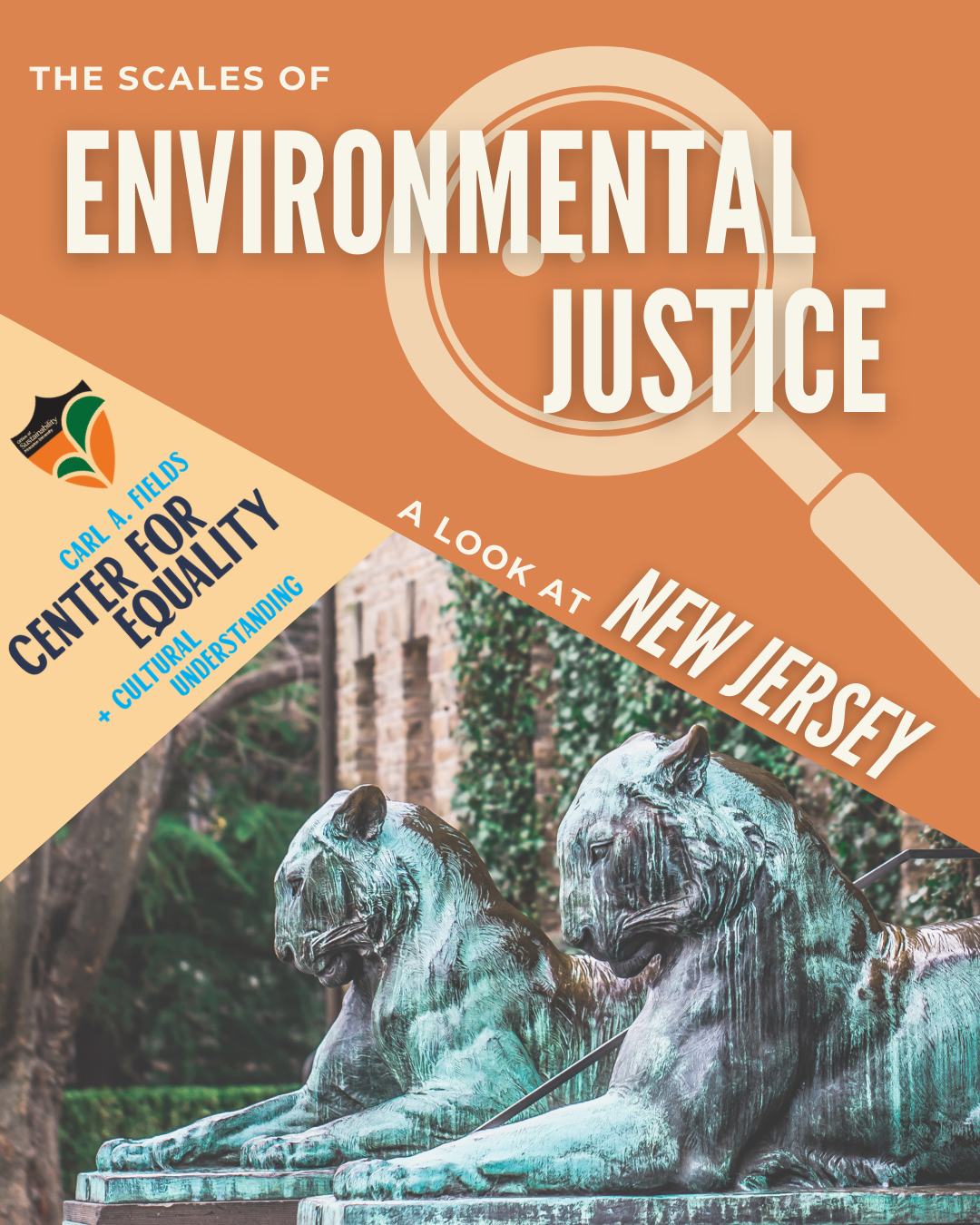By: Naomi Frim-Abrams ’23
Welcome to the inaugural post of Level Up Your Leftovers, a series where I (Naomi) take your leftovers and turn them into a refreshed recipe!
First up, we have a submission from Lisa here at the Office of Sustainability. Lisa laments, “I have half a jalapeño left that I can’t figure out what to do with! We made tacos a few nights ago and didn’t use the whole thing. Would love some ideas otherwise, I can compost it :)” Well I have some good news, as I think I know a recipe that can ease your worries. It’s vegan/vegetarian friendly and is packed with hearty cauliflower!
ROASTED CAULIFLOWER SOUP WITH FRIED JALAPEÑOS
(adapted from IsabelEats)
Image Credits: Isabel Eats https://www.isabeleats.com/roasted-cauliflower-soup-with-fried-jalapenos/
Serves: 4
Time: ~30 minutes
You will need:
- 2-3 tbsp olive oil
- 0-3 jalapenos, diced, with or without seeds (can substitute with other peppers/hot sauce if needed)
- One large onion, diced
- 2 heads of cauliflower, cut into florets
- 1 tbsp garlic, minced
- 2 ½ cups vegetable broth
- 1 ½ cups milk of choice
- ½ tsp each: dried sage, cumin, smoked paprika*
- 1 dried bay leaf
- 1 tbsp fresh cilantro, chopped + more for garnish (optional)
- Salt and pepper to taste
- Feta cheese, for garnish
*adjust seasonings as necessary
Instructions:
- Heat olive oil in a large pot over medium heat. Add diced jalapenos and cook until brown and crispy, around 3-5 minutes. Transfer the cooked jalapenos to a bowl and set aside.
- Add the diced onion to the pot over medium and cook until the edges begin to be translucent, about 5 minutes. Add in the cauliflower florets and saute until they turn brown.
- Stir in the garlic as well as all of the dried seasonings. Saute until fragrant, stirring frequently for about 1 minute.
- Add the vegetable broth and milk of choice into the pot, as well as most of the fried jalapenos (reserve some for garnish). Cover with a lid and boil until cauliflower is tender, about 15-20 minutes.
- Check the soup for seasoning, and add more if needed. Remove the bay leaf. Add in most of the fresh cilantro (reserve some for garnish) and hot sauce to taste. Using a regular or immersion blender, pulse until smooth.
- Plate up the soup with feta cheese sprinkled on top as well as the reserved fried jalapenos and fresh cilantro. Eat with a crusty bread on the side and salad for an impressive meal.
- Enjoy!
This recipe can be customized in terms of seasonings and spice levels. It can be made completely vegan with the omission of feta cheese.
Some fun facts about jalapenos:
- They were the first pepper to travel into space on the 1982 Space Shuttle Columbia
- They are an excellent source of vitamin C and contain copper, magnesium, vitamins A, E, and K, folate, manganese, fiber, potassium, and iron.
- Surprisingly, a typical jalapeño pepper packs more vitamin C than an orange!
Incorporating more plant-based foods into your diet is a great step towards reducing your carbon footprint. According to this Economist article, just going vegetarian could cut your food-related emissions by 30%! It’s the small steps that count, and dietary changes can make a big difference in crafting a healthier and more sustainable lifestyle.
If you try this recipe, let us know over on Instagram or Facebook. If you want to try and stump me with your own batch of leftovers, send in a submission here! Your recipe could be the next one featured on the Tigers Go Green Blog.
Happy Cooking!
Naomi








